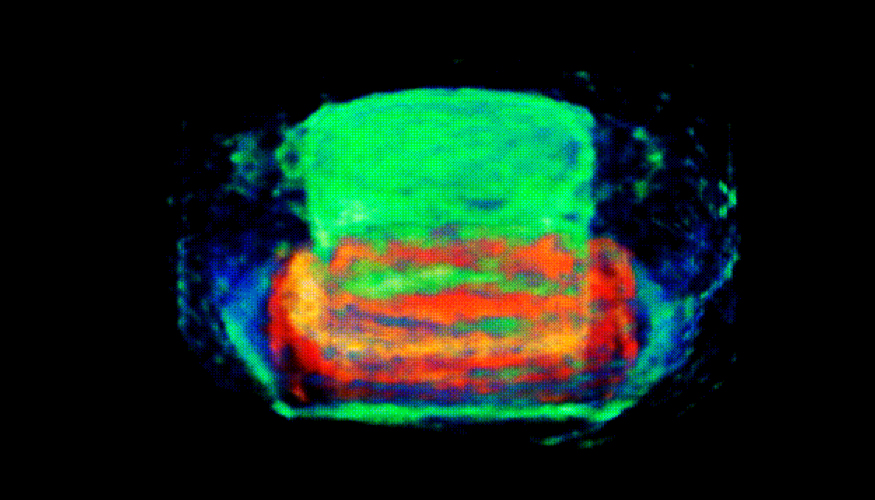
Researchers from the Lawrence Livermore National Laboratory (LLNL) and the Los Alamos National Laboratory (LANL) recently captured 3D images of operating high explosive detonators for the first time.
For the study, the research teams utilized state-of-the-art imaging systems with computed tomographic reconstruction technology during experiments at the Argonne National Laboratory’s Advanced Photon Source to capture 3D images of exploding foil initiators (EFIs).
EFIs, commonly called slapper detonators, are known to be a safer means of studying high explosives compared to the previously-used exploding bridgewire detonator. LLNL said the expanding plasma of a metal foil drives another thin plastic foil, known as a flyer or a slapper, across a gap. Then, the high-velocity impact on the explosive delivers the energy needed to initiate a detonation.
“The rich imaging data on EFI and flyer microstructure with time represent a new opportunity to refine the understanding of flyer operation of slapper detonators,” Trevor Willey, LLNL researcher and co-author of the study, said. “Parameters can be tuned to achieve optimal performance. The data will aid in understanding the initiation mechanism for slapper detonators.”
The study involved a four-camera system that captured four images from successive X-ray pulses from each shot. The first image frame was just before the bridge burst, the second image captured the flyer approximately 0.16 millimeters above the surface, the third frame captured the flyer mid-flight, and the fourth image shows a completely detached flyer beyond where slappers strike an initiating explosive.
The research teams then used LLNL’s tomography technology to reconstruct 3D images of operating flyers. The technique is now being used to support several ongoing programmatic efforts within LLNL.




